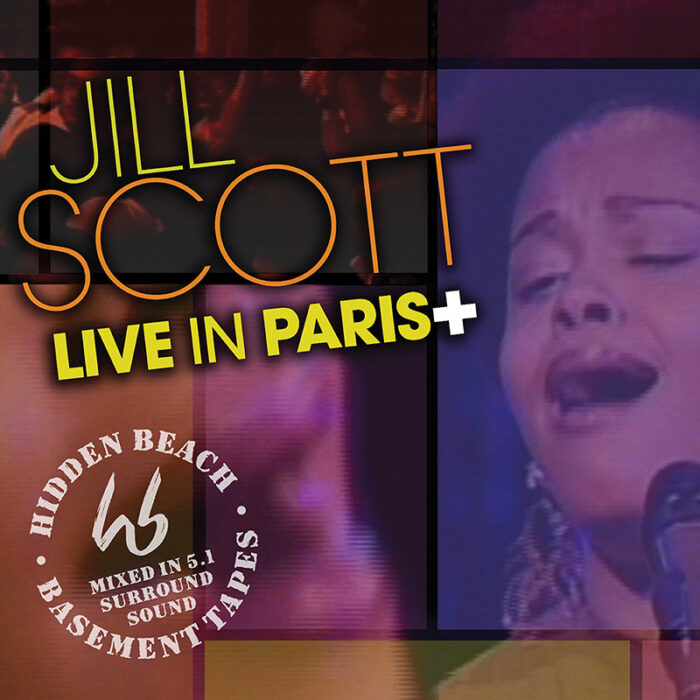

In 1935 Holiday’s career got a big push when she recorded four sides that went on to become hits, including “What a Little Moonlight Can Do” and “Miss Brown to You.” This landed her a recording contract of her own, and then, until 1942, she recorded a number of master tracks that would ultimately become an important building block of early American jazz music. She would sometimes sing with the accompaniment of a house piano player while other times she would work as part of a group of performers.Īt the age of 18 and after gaining more experience than most adult musicians can claim, Holiday was spotted by John Hammond and cut her first record as part of a studio group led by Benny Goodman, who was then just on the verge of public prominence. She would move from one club to another, working for tips.
Jill scott love rain vevo how to#
Although she never underwent any technical training and never even so much as learned how to read music, Holiday quickly became an active participant in what was then one of the most vibrant jazz scenes in the country.
Jill scott love rain vevo professional#
She made her true singing debut in obscure Harlem nightclubs and borrowed her professional name – Billie Holiday – from screen star Billie Dove.

When Holiday’s mother, Sadie Fagan, moved to New York in search of a better job, Billie eventually went with her. As a young teenager, Holiday served the beginning part of her so-called “apprenticeship” by singing along with records by Bessie Smith or Louis Armstrong in after-hours jazz clubs. Holiday (born Eleanora Fagan) grew up in jazz talent-rich Baltimore in the 1920s. Holiday’s poignant voice is still considered to be one of the greatest jazz voices of all time. Today, Holiday is remembered for her masterpieces, creativity and vivacity, as many of Holiday’s songs are as well known today as they were decades ago. Her soulful, unique singing voice and her ability to boldly turn any material that she confronted into her own music made her a superstar of her time. Billie Holiday was a true artist of her day and rose as a social phenomenon in the 1950s.


 0 kommentar(er)
0 kommentar(er)
